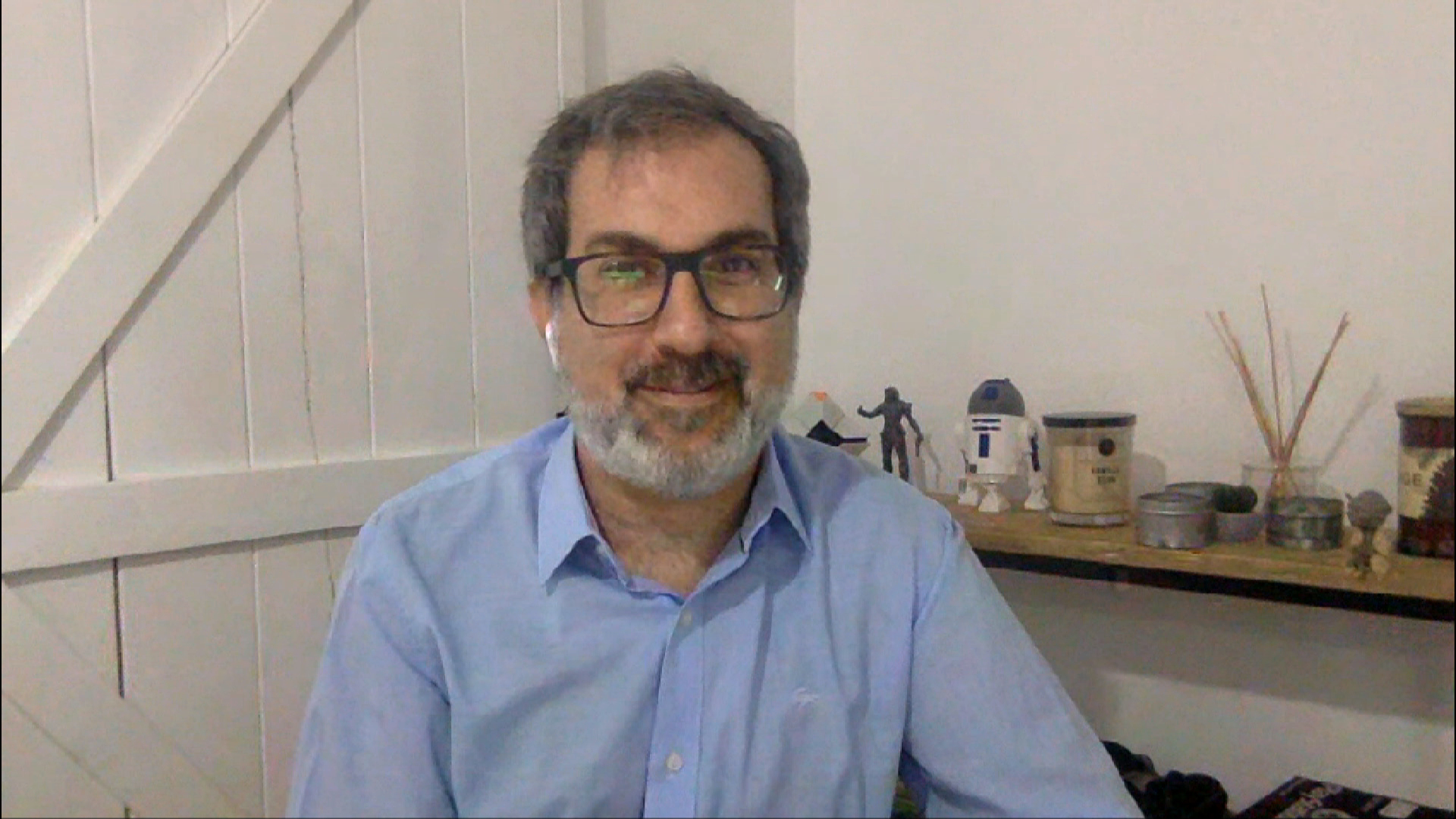 BIG DATA
BIG DATA
 BIG DATA
BIG DATA
 BIG DATA
BIG DATA
Argentina has taken a step that is still a “someday maybe” dream in the United States. A national health information system has made patient medical records accessible across the country. And Red Hat Inc. has been an important partner in the project.
“The patients now will be able to move between different parts of this complex health system we have seamlessly,” said Alejandro Lopez Osornio (pictured), national director of eHealth at the Argentine Ministry of Health. “The patient will be able to go from private to public [healthcare facilities] to have different kinds of procedures and the information will follow.”
Lopez Osornio spoke with Stu Miniman, host of theCUBE, SiliconANGLE Media’s mobile livestreaming studio, during the Red Hat Summit Virtual Experience. They discussed how Red Hat has helped the Argentine Ministry of Health build a system that allows heathcare providers across the country to access patient medical data while maintaining patient privacy. (* Disclosure below.)
Creating a central depository for data was out of the question due to security and privacy issues. So instead, the Ministry’s team set out to build a “hub” that would allow authorized users to access information from across the country while individual facilities maintained control over their medical records, according to Lopez Osornio.
“The idea was to create an architecture that was not invasive, that anyone can collaborate and contribute to this information network, but still own the rights and own the responsibility for maintaining their own data,” he said.
Building the new national health information system has been a three-year project. And the role of Red Hat was central, according to Lopez Osornio.
“It was really difficult for us to start from scratch,” he said. “We didn’t have the capability to go and research all these open-source tools and find the proper combination between the container, administrator, the orchestrator, the continuous integration part.”
Red Hat provided not only the technology but the know-how and guidance throughout the project. Argentina’s existing national health system was built on aging infrastructure that couldn’t provide the speed and agility required to manage data from locations across Argentina. So in order to create the new information network, the Ministry updated its legacy systems to open-source containerized architecture.
“We needed to have some flexibility with structure like OpenShift,” Lopez Osornio said. The Ministry also implemented Red Hat 3scale API management so that users could securely access data.
“[Red Hat] gave us the roadmap on what we need to do with a timeframe … and they gave us the daily support to retrain our team,” Lopez Osornio concluded.
Watch the complete video interview below, and be sure to check out more of SiliconANGLE’s and theCUBE’s coverage of the Red Hat Summit Virtual Experience. (* Disclosure: TheCUBE is a paid media partner for the Red Hat Summit Virtual Experience. Neither Red Hat Inc., the sponsor for theCUBE’s event coverage, nor other sponsors have editorial control over content on theCUBE or SiliconANGLE.)
THANK YOU